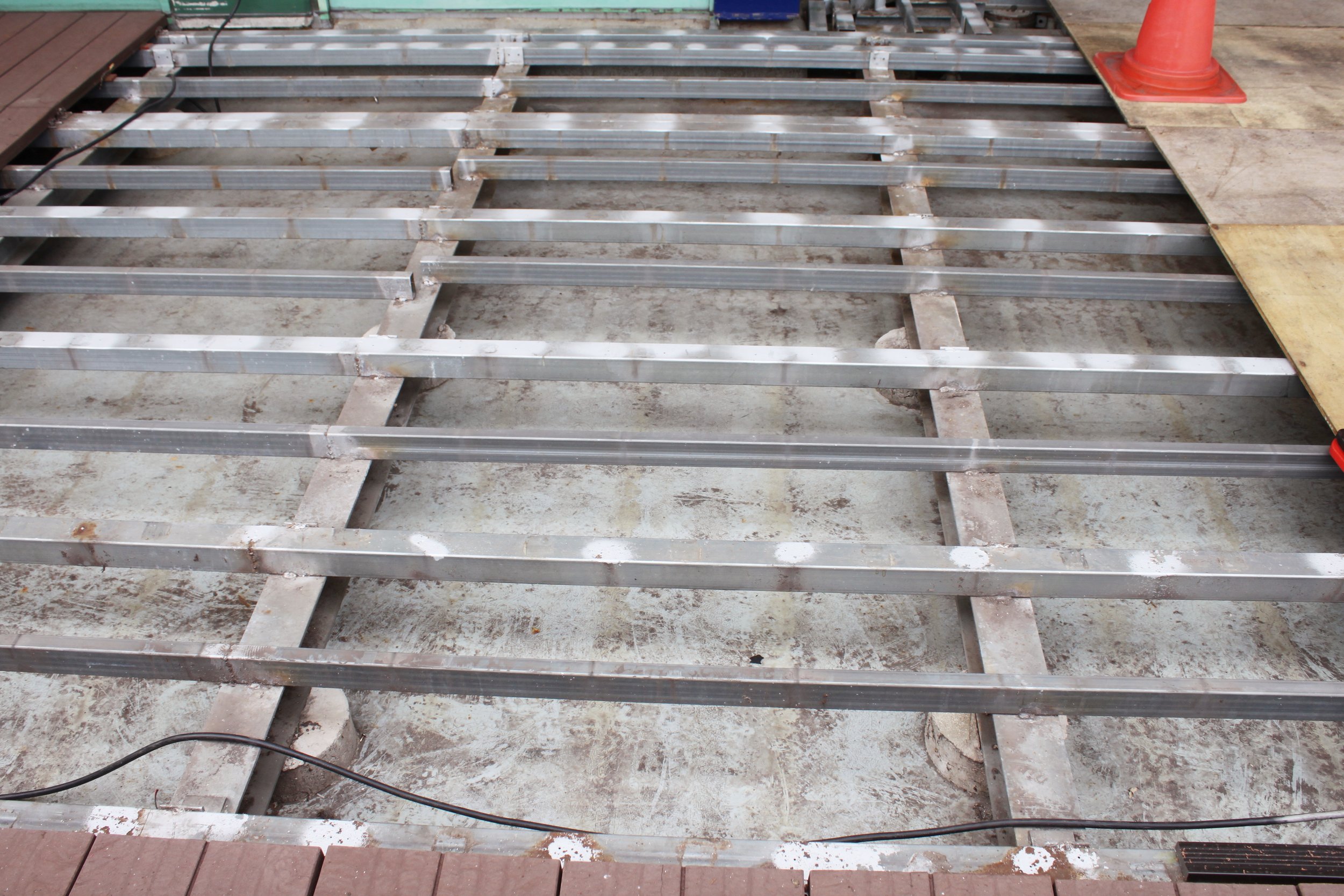Should You Build with a Pier and Beam Foundation?
Choosing a foundation type for your home is one of the most critical decisions you will make as a homeowner. Understanding the pros and cons of a pier and beam foundation versus a slab foundation, and a solution that brings together the best of both foundations can make your decision that much easier.
Pier and Beam Foundation vs. Slab Foundation
As noted in our discussion of How to Choose the Right Foundation Types, the foundation for your building project is one of the most critical decisions to be made in design and construction. From the soil characteristics to the load types, several factors are considered before selecting a foundation type.
Based on the soils conditions and geotechnical report, one foundation type to consider would be a pier and grade beam foundation. A drilled pier foundation consists of concrete piers drilled into “bedrock” that supports the concrete foundation walls at the piers. Another option would be to spread footing foundation. This is the most common type of foundation system used in residential construction design.
Pier and Beam Foundation Pros and Cons
With a drilled pier foundation system, current construction practices often incorporate a structural floor system below the basement. The floor system can consist of wood joists, light gage steel joists, or steel beams with a concrete topping. These structural floors create a “crawl space” below the basement.
This crawlspace area between the ground and the bottom of the structural floor can allow for mechanical, electrical and plumbing systems to be easily installed and repaired should issues occur in the future. Repairing damaged pipes or electrical systems with a concrete floor slab at a spread footing foundation can sometimes cause damage to the pipes, resulting from chipping out of the concrete slab.
The drawbacks to a crawlspace include the possibility of mold, if moisture seeps into the soils below the crawlspace.
Cost Considerations for Pier and Beam Foundations
Cost is always a determining factor for foundation types and should be investigated based on both direct and indirect costs. For example, pier and grade beam foundation types are often more costly to install than a standard spread footing foundation. The structural basement floor often used a drilled pier foundation are less prone to vertical movement than a concrete slab-on-grade basement, however, this can be a significant added cost.
Spread footing foundations are typically less expensive and can be constructed faster than pier and grade beam foundations because the pier installed requires specialized equipment to drill the piers and the forms are often taller than those used for a spread footing foundation. However, the basement slab will be prone to movement with variations in moisture in the support soils.
Pier and Beam Foundation Soil Conditions to Consider
In addition to crawlspace considerations and cost implications, the soil upon which you build your home can affect the type of foundation you choose. In Colorado, where swelling soils is a known issue for homebuilders, pier and beam foundations can offer more stability in this shifting soil environment.
Swelling soil typically contains a high density of clay which, when combined with subsurface water, can expand and heave upward, and impart vertical lift on the bottom of a spread footing creating problems. When the clay soils dry, they shrink back down to a smaller form and the house foundation can settle. Drilled pier foundations, typically do not have this type of movement since there is a void space below the grade beams, isolating the foundation from soil movement.

